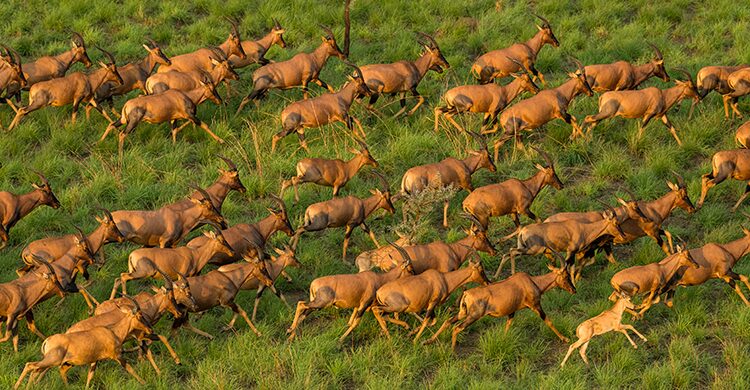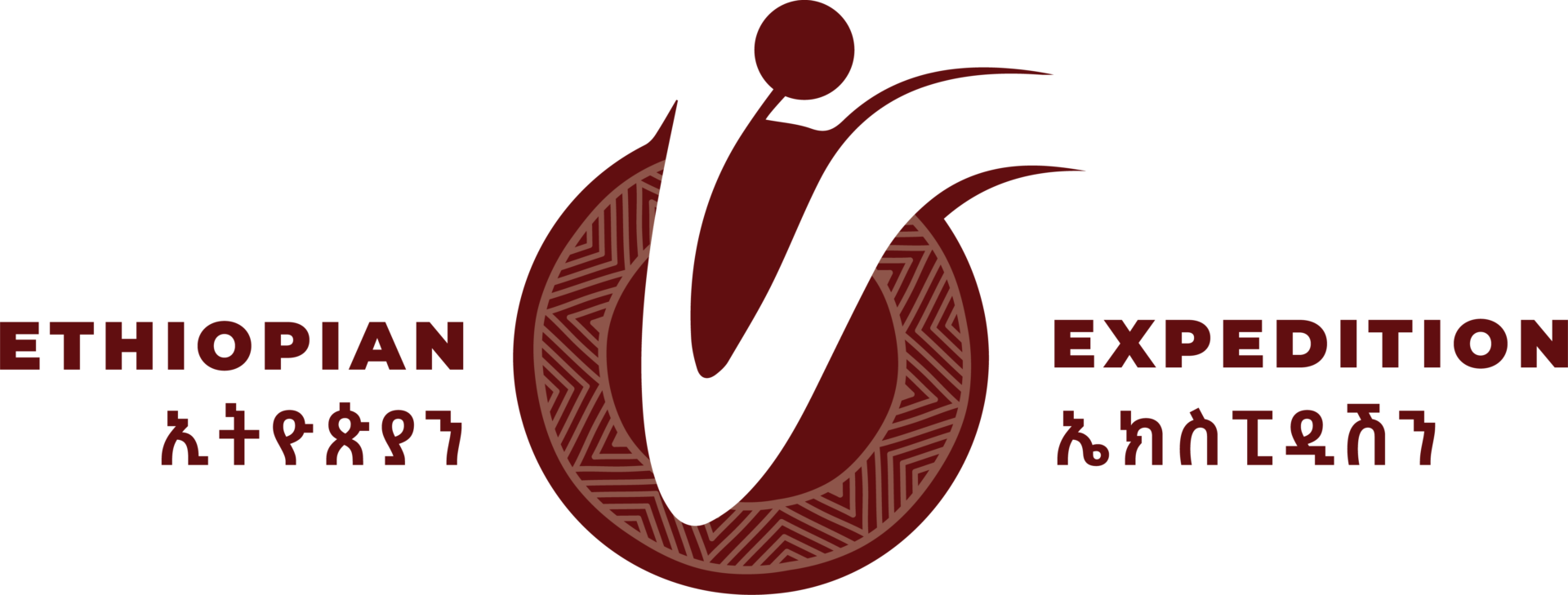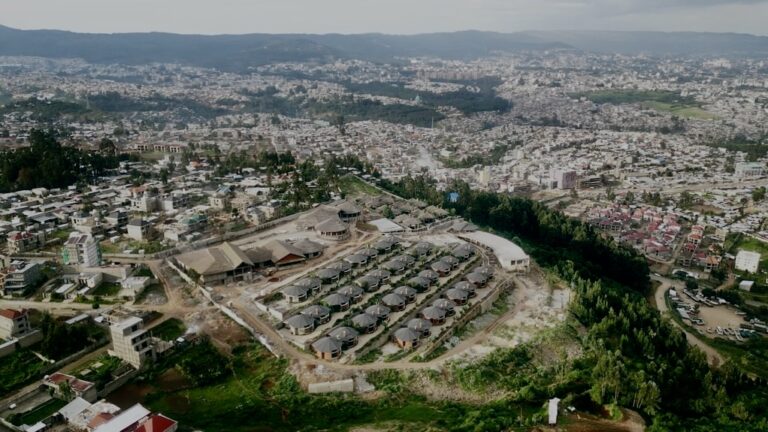Our years of experience and extensive network of local partners can help you build your dream trip from the endless possibilities of Ethiopia. We’ll talk through your ideas, give you some suggestions, set it all up and advise on travel, kit and preparation, so that you get the Ethiopian adventure you’ve always wanted.

PRESS RELEASE
New Maps Document World’s Largest Land Animal Migration Across South Sudan and Ethiopia
Detailed migration maps can inform infrastructure projects and conservation planning to protect over 5 million migratory animals
BONN, 30 April 2025 – New maps released today document in unprecedented detail the seasonal movements of two migratory antelope species — the white-eared kob* and tiang (Damaliscus lunatus) — across South Sudan’s expansive wetlands and Ethiopia’s Gambella National Park. Covering an area of over 100,000 km², roughly seven times larger than Serengeti National Park, these maps reveal the largest known land mammal migration on Earth, also known as the “Great Nile Migration”.
Approximately five million kob and 400,000 tiang, alongside other hooved mammals also known as “ungulates,” undertake complex, long-distance journeys to access essential wet and dry-season habitats annually. Their routes take them between Badingilo and Boma National Parks in South Sudan. Some migrate further north to Gambella National Park in Ethiopia, an important dry-season refuge particularly for kob from February to May.
The newly released migration maps form part of the Atlas of Ungulate Migration, developed by the Global Initiative on Ungulate Migration (GIUM) under the Convention on the Conservation of Migratory Species of Wild Animals (CMS). Publicly available online, the atlas and the new maps aim to support conservation planning, infrastructure development, and policymaking to maintain critical ecological connectivity, thus preserving essential habitats for migratory species while reducing the potential for human-wildlife conflict.
“The detailed migration maps unveiled today highlight the interconnectedness of landscapes across South Sudan and Ethiopia and underscore the urgent need to balance infrastructure development with the survival of migratory species. They provide a powerful reminder of the importance of preserving these corridors for the health of ecosystems and thriving wildlife populations, as well as to reduce human-wildlife interactions,” says Amy Fraenkel, Executive Secretary of CMS.
The maps build upon recent aerial surveys and tracking data released in June 2024 by African Parks and South Sudan’s Ministry of Wildlife Conservation and Tourism. During these surveys, biologists estimated approximately 5–7 million migratory animals across four species — white-eared kob, tiang, Mongalla gazelle and Bohor reedbuck. For the kob, the maps significantly expand upon earlier tracking studies conducted by the Ethiopian Wildlife Conservation Authority (2013–2015), providing new insights into how migrations connect critical habitats across international boundaries.
“Seeing the full extent of these migrations is awe-inspiring, but also daunting,” says Kumara Wakjira, the Director General of the Ethiopian Wildlife Conservation Authority. “Although it will be challenging, we are committed to assuring that these landscapes remain protected to sustain the movement of kob and other migratory species in Ethiopia into the future.”
Migration routes for kob and tiang — now mapped clearly between seasonal ranges — highlight essential corridors needed for their survival through extreme seasonal conditions. As human populations and infrastructure expand, these detailed maps offer critical information to mitigate impacts of large-scale projects, particularly energy infrastructure.
For more information or press interview requests, please contact Aydin Bahramlouian, Public Information Officer, CMS Secretariat at +49 228 815 2428, press@cms.int




